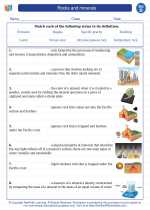Tectonic Plates
Tectonic plates are large pieces of the Earth's lithosphere that move and interact with each other. These plates are constantly shifting, causing phenomena like earthquakes, volcanic activity, and the formation of mountains.
Composition of Tectonic Plates
Tectonic plates are made up of the Earth's crust and the upper portion of the mantle. The crust is composed of solid rock, while the mantle is a semi-solid layer beneath the crust.
Movement of Tectonic Plates
Tectonic plates move due to the heat generated from the Earth's core. This movement is known as plate tectonics and can be categorized into three main types: convergent boundaries, divergent boundaries, and transform boundaries.
Convergent Boundaries
Convergent boundaries occur when two tectonic plates collide. This collision can result in the formation of mountain ranges or deep ocean trenches. Subduction zones, where one plate is forced beneath another, are common at convergent boundaries.
Divergent Boundaries
Divergent boundaries are characterized by the movement of tectonic plates away from each other. This can lead to the formation of rift valleys and mid-ocean ridges, as new crust is formed from magma rising up from the mantle.
Transform Boundaries
Transform boundaries occur when tectonic plates slide past each other horizontally. This movement can cause earthquakes as the plates grind against each other.
Impact of Tectonic Plates
The movement of tectonic plates has a significant impact on the Earth's surface. It can lead to the formation of new landforms, the release of seismic energy in the form of earthquakes, and the eruption of volcanoes.
Study Guide
- What are tectonic plates made of?
- What causes the movement of tectonic plates?
- Describe the three types of plate boundaries.
- What are some of the effects of tectonic plate movement?
[Tectonic Plate] Related Worksheets and Study Guides:
.◂Science Worksheets and Study Guides Fourth Grade. Rocks and minerals
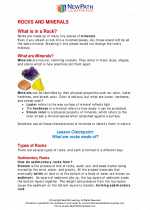
 Activity Lesson
Activity Lesson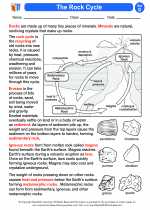
 Worksheet/Answer key
Worksheet/Answer key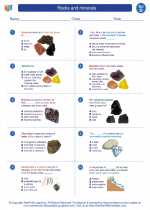
 Worksheet/Answer key
Worksheet/Answer key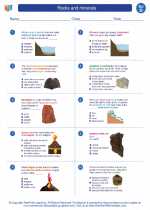
 Worksheet/Answer key
Worksheet/Answer key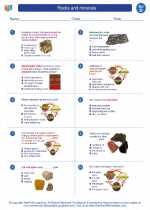
 Worksheet/Answer key
Worksheet/Answer key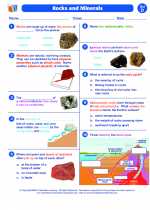
 Vocabulary/Answer key
Vocabulary/Answer key
 Vocabulary/Answer key
Vocabulary/Answer key
 Vocabulary/Answer key
Vocabulary/Answer key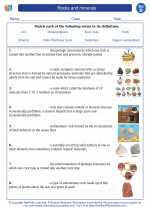
 Vocabulary/Answer key
Vocabulary/Answer key